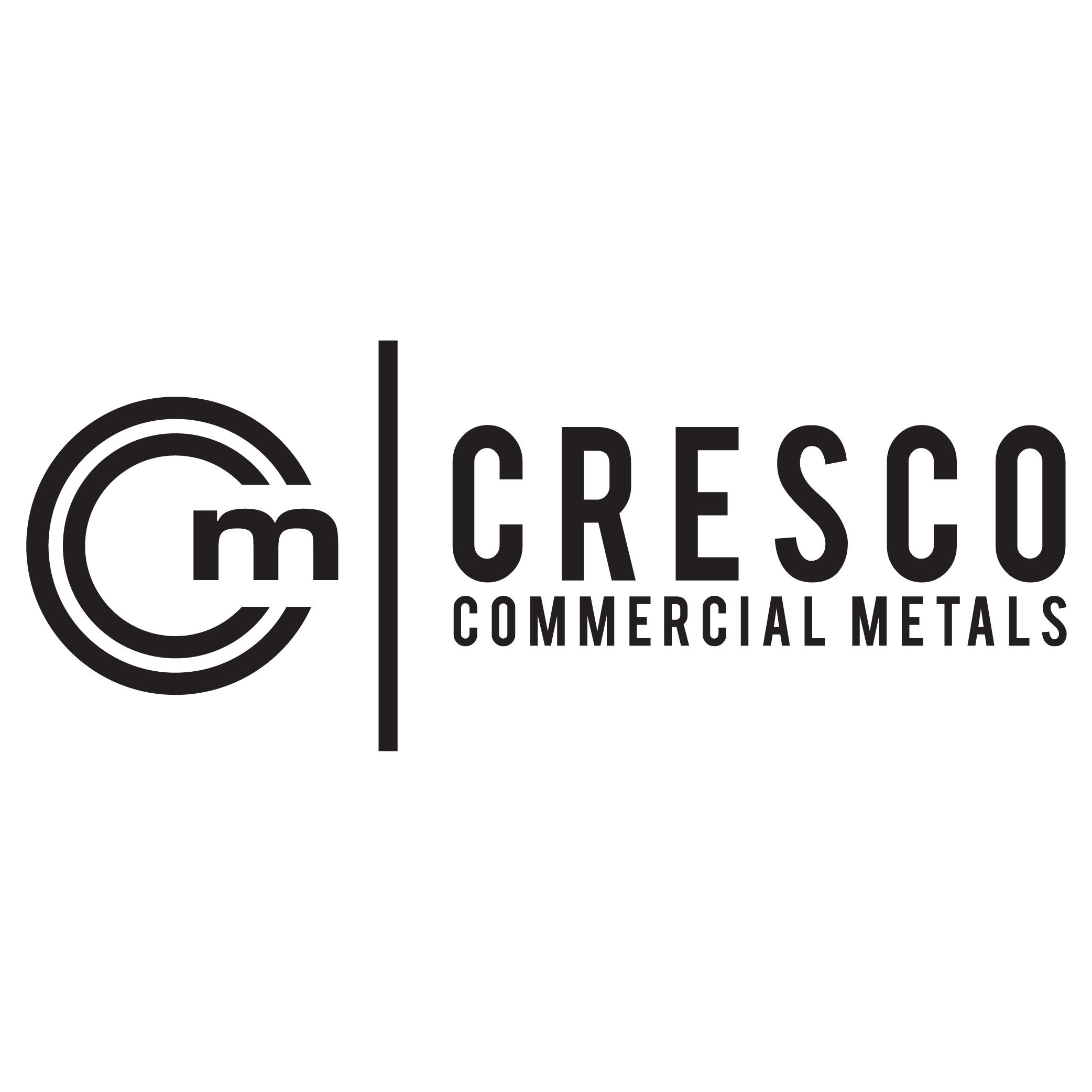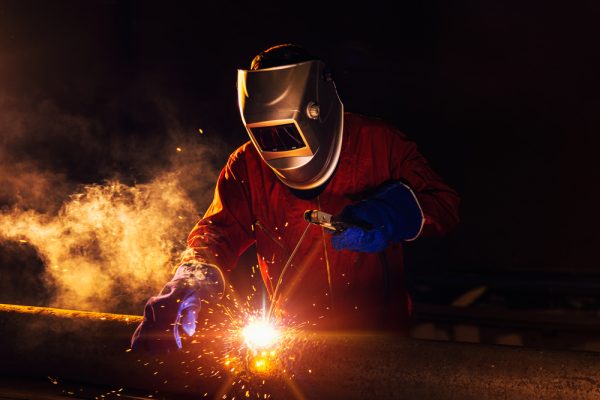Сomparison of MIG and TIG
TIG Versus MIG- How Do These Welding Methods Differ From Each Other?
Welding is one of the common fabrication processes done with the application of pressure and heat to create a resilient joint between separate material pieces. Based on the production details, industry professionals choose the right welding methods to develop the assemblies. TIG and MIG are highly popular techniques for welders. Let us delve into the topic- of TIG versus MIG. By understanding their difference, you can identify the better one for your welding project.
Different technologies and techniques used for welding processes
- Friction welding– It melts the base material and bonding through friction. You can choose it to deal with metals and thermoplastics.
- The laser welding process is a faster solution, as the laser beam melts metals and joins the pieces together.
- Electronic beam welding– In this case, electrons melt materials, and the process is done in a vacuum. You need this process for thicker parts.
- Arc welding needs the application of an electric current that welds metals. Arc welding is of different types, including TIG (tungsten inert gas) and MIG (metal inert gas).
Let us talk more about TIG and MIG.
The electrode is the major factor making a difference between TIG and MIG welding techniques. While TIG needs a non-consumable electrode, MIG involves using a solid wire. You need a hand-held filler rod for your TIG welding project.
How does the MIG welding process work?
The MIG process is also known as the GMAW. MIG welders need an automatic/semi-automatic arc for welding purposes. It uses a consumable and continuous wire electrode. Shielding gas is to be provided through a lead to a torch.
You can notice a difference in the wire composition and diameter because the electrode acts as the filler material. Your choice can vary with the joint configuration, metal thickness, and the type of metal.
Furthermore, the electrode wire is available in spools of a range of sizes. The torch is fed by the MIG welder. That is why WFS (that stands for wire feed speed) is one of the settings of MIG welders. You must set it to ensure the proper amount of metal, is used for the desired joint.
Welding professionals use a blend of CO2 and argon for the shielding gas. The blend facilitates weld penetration while reducing the bead’s porosity. However, professionals may choose a different shielding gas based on what you need to weld.
How does a TIG welding process work?
Tungsten inert gas, also known as GTAW, involves using an arc for welding purposes. This process uses a tungsten electrode (non-consumable) and a filler material (consumable). There is a manual feeding of the rod into the puddle. However, tungsten electrodes help with the production of an arc.
Moreover, the size and composition of the TIG filler rod will vary, and the shielding gas is 100% argon. There is no presence of other gas.
CO2 produces tungsten oxide that causes damage to the tungsten electrode and results in contamination of the weld. A foot pedal helps in adjusting the amperage during the welding process. Thus, welders will have better control over how much heat is applied to the metal.
TIG versus MIG- Find the difference
There are some traits differentiating the TIG from the MIG welding process.
Weld speed
MIG welding can be done at a higher speed. TIG produces a good-looking, clean weld. The weld puddle is not movable, and welders can provide the right amount of filler. When there are lengthy welds, TIG is the right solution.
In the case of a MIG welder, the arch is broader and rounder. The welding machine ensures an automatically fed electrode.
In most cases, MIG welders are chosen for industrial projects.
Welding gas
One of the major factors for a quality weld is the shielding gas. While TIG needs pure argon, MIG has a combination of CO2 and argon. Hydrogen, nitrogen, and helium are some other gasses used for welding projects.
Besides, a small amount of carbon dioxide gas stabilizes the arc and needs better stabilization. The flow rate should be set properly while using the shielding gas. For TIG, the shielding gas flow is 15-25 cu per hour. But, for TIG, it is 30-50 cu per hour.
Applications
Stainless steel has a high heat retention capacity. It can cause warping issues at a high temperature. A TIG welder is a better choice, as it helps in controlling heat precisely. TIG is also suited for welding aluminum pieces. However, some professionals use MIG welders for aluminum.
Also, there are some issues while using the MIG for aluminum. You need to prepare and clean the metal. The aluminum wire should be dry, clean, and fresh. Use a spool gun to reduce bird nesting problems.
Thus, you have to be careful while making a choice.
Advantages of TIG welding
- High precision ensures good quality.
- There is no need to use a filler.
- Also, the work site will be cleaner, and thus, TIG welding is good for the environment.
- Electrodes do not need much maintenance.
- The heat input is adjustable.
Disadvantages of TIG welding
- TIG is a costly welding process, and deposition rates are very low.
- You must clean the welding surface.
- Without skills, the welding process is not manageable.
Advantages of TIG welding
It takes a shorter time to accomplish a MIG welding project.
- MIG welding is a budget-friendly solution.
- It ensures a highly accurate bond.
- The method turns out a clean weld with minimal post-weld maintenance.
Disadvantages of TIG welding
- MIG is weaker than TIG welding.
- There are issues with reliability.
- The process produces fumes, smoke. and rust deposits
- It is not safe for thinner materials.
We have discussed a lot about TIG versus MIG. But, do you like to avoid buying a welding machine for your occasional needs? You can rely on the welding services from Cresco Custom Metals. Also, professionals will choose the right welding technique for your needs.



